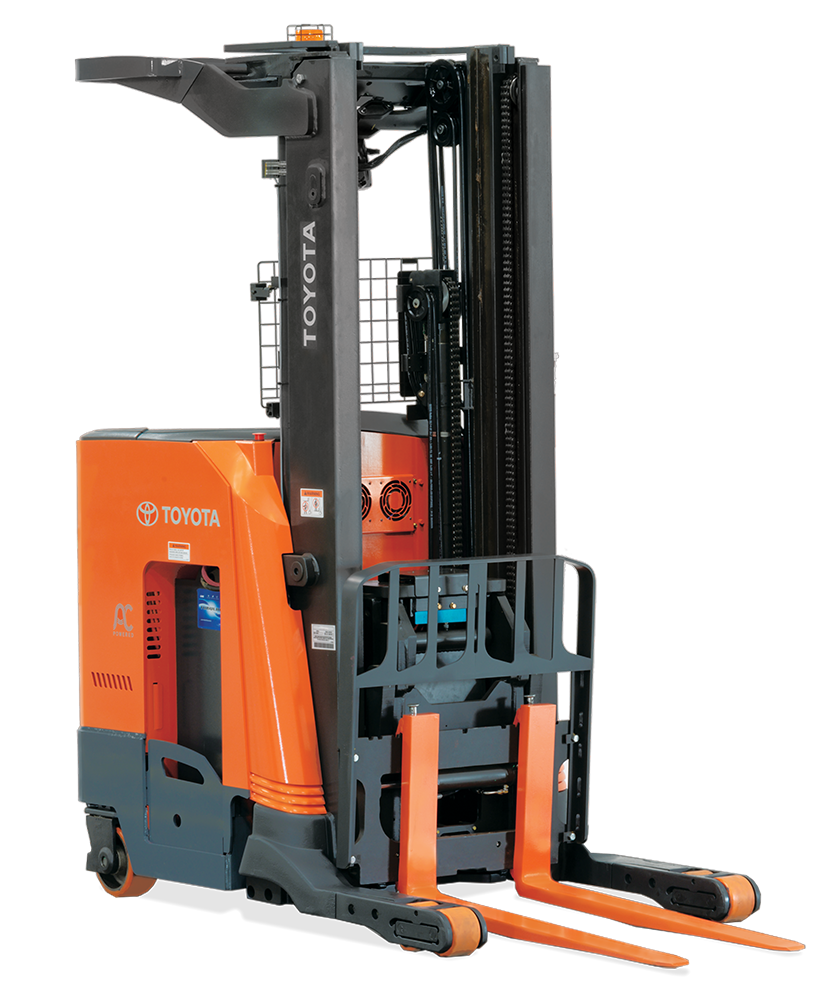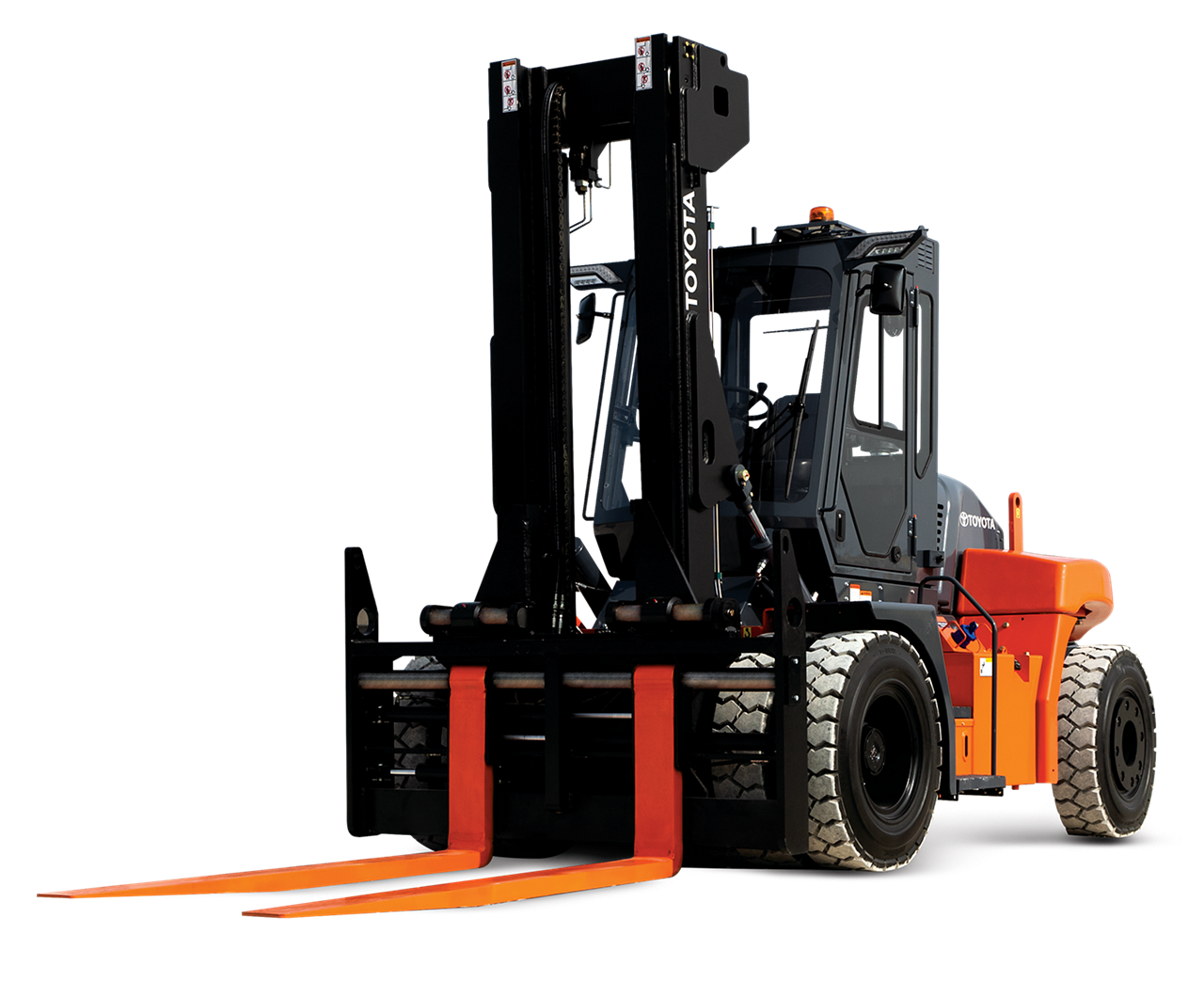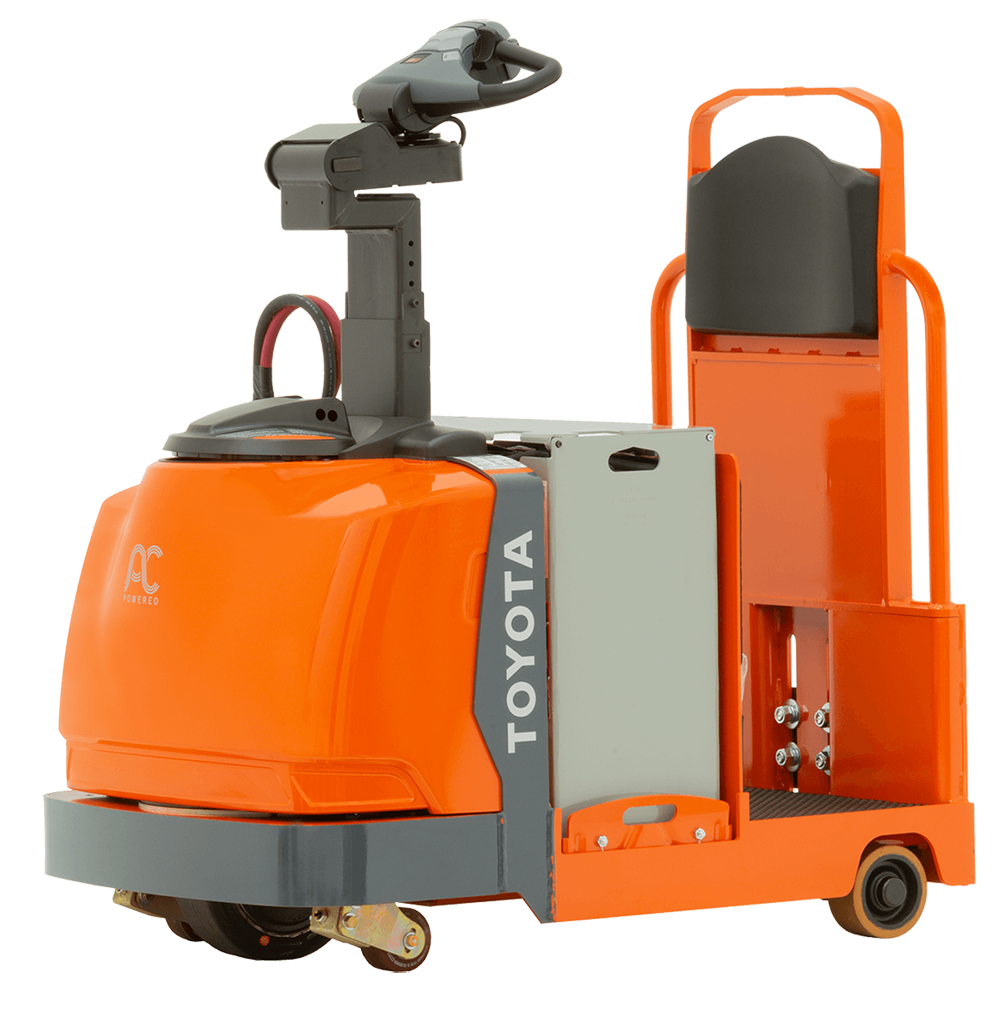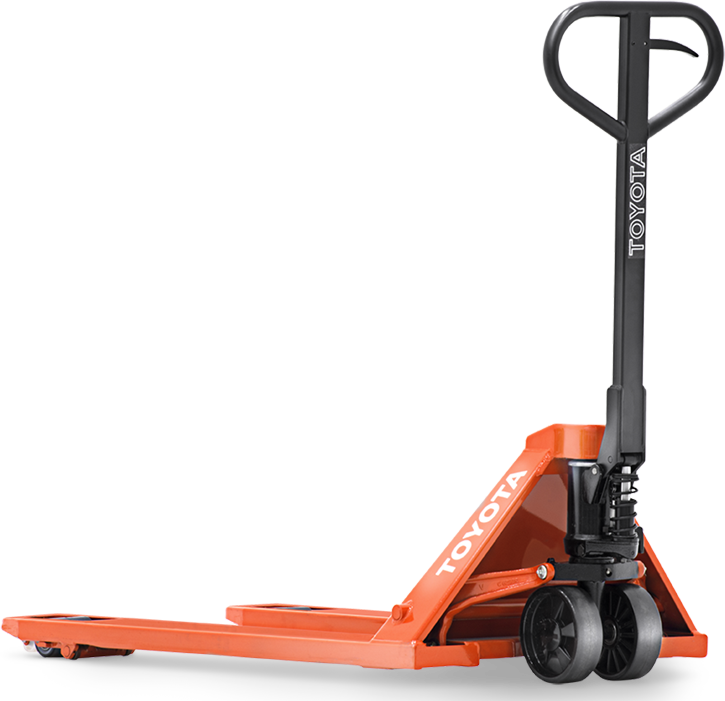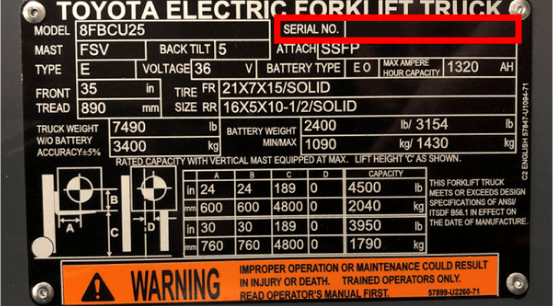Please click below to sign in to your MyToyota account
What Is Forklift Free Lift?

Let’s be honest. There are so many statistics and metrics involved with a forklift, it can be tough to understand what is what. There are tire types, mast types, various heights and dimensions that are all vital to know. Each of these needs consideration when considering what forklift is right for your operation.
One metric that is often overlooked is forklift free lift. A forklift’s free lift is the maximum height you can raise the forks without changing the mast height. There are two instances where this typically happens: when the inner mast rails extend past the outer mast rails or when the load backrest or carriage exceeds the height of the outer mast rails.
It is important to understand forklift free lift, especially if you are stacking or unstacking in confined spaces such as trailers, containers, and racking systems. These applications have height restrictions and might cause product or equipment and possible safety concerns for operators or nearby pedestrians. There are two types of free lift a forklift can have: limited free lift or full free lift.
Forklift Free Lift Types
Limited Free Lift
When a forklift has limited free lift, it means that the inner mast rails will extend either immediately or shortly after lift is requested. Limited free lift occurs with single-stage masts and two-stage masts with no free lift cylinder (see below on Full Free Lift). The amount of free lift can vary based on the condition and adjustment of the forklift’s lift chains as well as other factors such as fork thickness.
Full Free Lift
Full-free lift on a forklift means that the forks can be raised without immediately extending the inner mast channels. Full-free lift is available only on masts that have free lift cylinders. A free lift cylinder consists of a lift cylinder rod and assembly that is used to lift the carriage prior to the rear cylinders engaging. This allows the carriage and forks to be lifted to a certain point prior to the inner mast rails. In many cases, you can get several feet of free lift depending on the mast design.
Full-free lift is helpful in areas where you need to lift a load, but have to be mindful of overhead obstructions. Common areas where this is useful are for buildings with low ceiling heights and on trailers or box cars.




